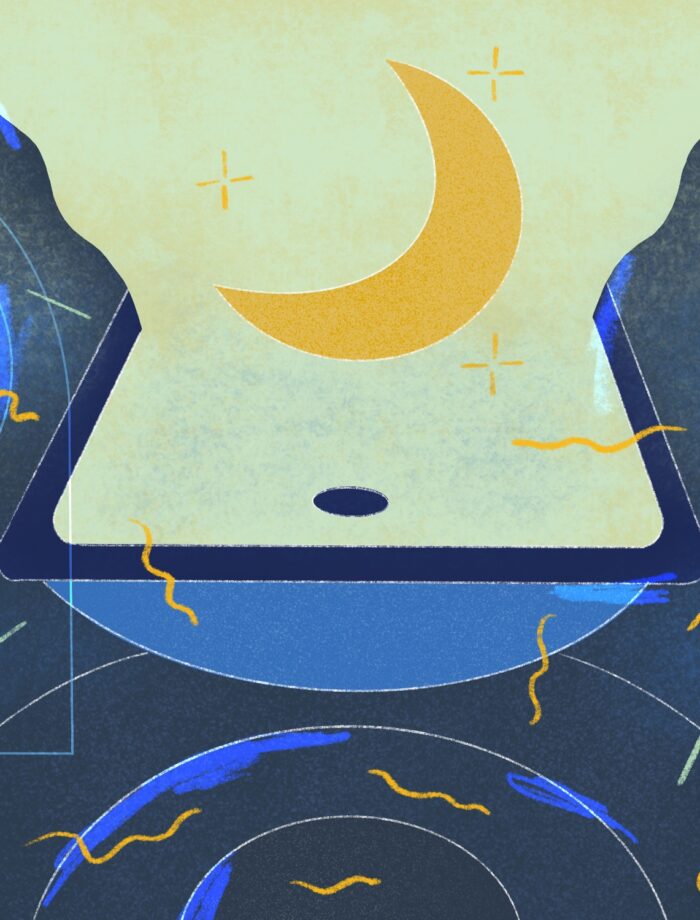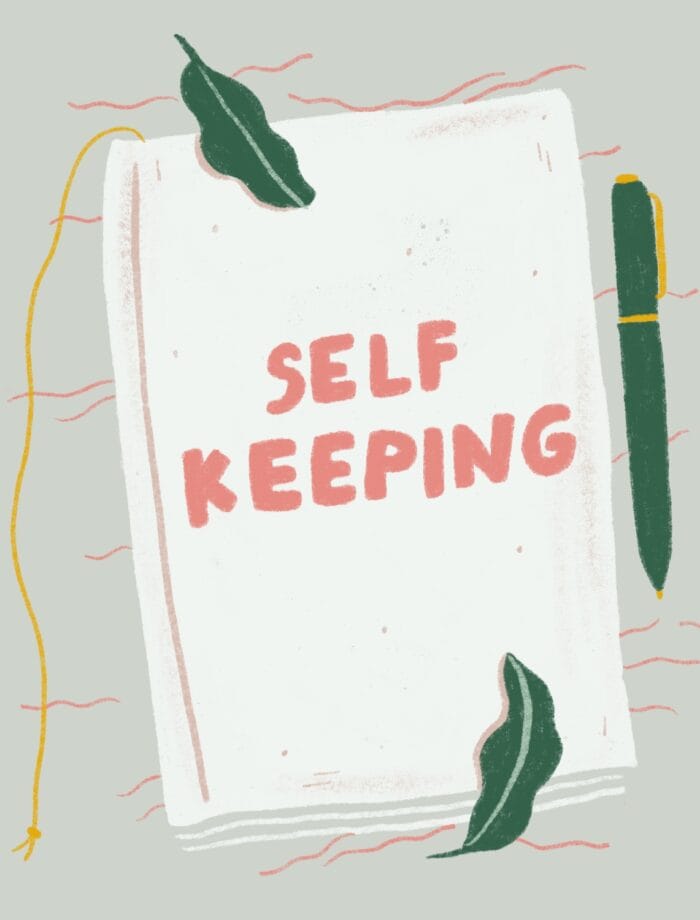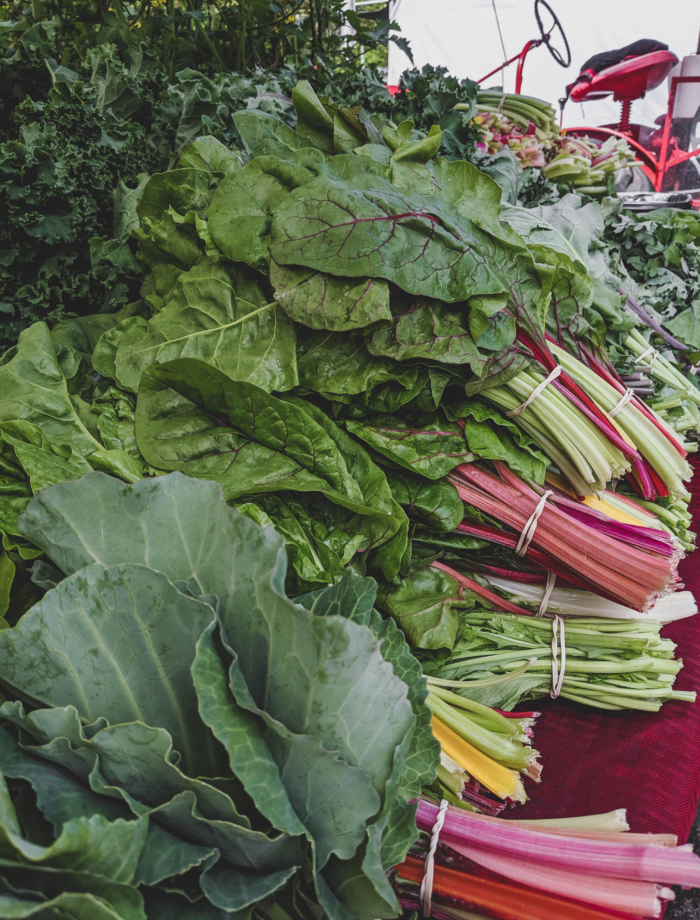Illustration by Hawnuh Lee.
As a self-proclaimed maximalist (I have so many plants I had to buy a loft bed to fit them in my bedroom/mini greenhouse), I was a bit stressed to write about “skinimalism.” Namely because I’ve religiously stuck to a 10-step Korean skincare routine for the past six years (except for the year I went full crunchy and made all of my skincare products and tried to only wash my hair with water, which went about as well as you can imagine). Apologies in advance for my liberal use of the word, “skinimalism.”
What is “skinimalism” and why is it popping up on every beauty blog?
Pinterest called it “the new glow up” on its Pinterest Predicts report, where it prophesied “skinimalism” will be the one of the biggest beauty trends of 2021. The term is part of the slow beauty movement and refers to having a simple and sustainable routine. It encompasses both make-up and skincare and it basically involves embracing your natural skin texture: pores, blemishes, scars and all. Which is super beautiful. I love the idea of embracing your actual skin and flaunting your natural glow, you know, for other people. I personally want to look like a poreless, wrinkle-less robot with facetune but I’m trying to embrace this “skinimalism” aesthetic.
As you can imagine, “skinimalism” can have a big impact on the planet (less products means less trash) and on you (your mental health, physical health and financial health). The U.S. throws out an absurd amount of plastic: 10,150 tons of plastic containers and packaging in 2018 alone, according to the EPA. The packing industry for beauty products makes almost $25 billion in sales for beauty and personal care products annually. As for your face, excessively slathering on products, may be making your skin worse. What you think of as skin sensitivity, might be the result of overloading your skin with products. And obviously, the less money you spend on buying new products, the better it will be for your wallet.
I know for myself the reason I invest so much time and energy into skincare (I gua sha every damn day and have had approximately 783 conversations about whether or not I should buy a microcurrent device) is because I so desperately want to be pretty and my idea of beauty is massively influenced by photoshopped images of models with glass skin who flood my IG feed. To be clear, you can love yourself and skincare or makeup. There are a myriad of reasons folx get into skincare and makeup and most reasons are fairly healthy. But after the research for this piece, even I think we all could benefit from embracing our natural skin texture. At the very least, it’s better for the planet so let’s talk about how to be “skinimalists.”
As we discussed, the massive amount of waste created by beauty products is a major problem but alternatives to single-use plastic packaging exist and it is possible to create a zero (or low!) waste beauty routine.
1. Slim down and “skinimalize” that beauty routine.
The fewer products you have, the fewer will end up in the landfill. You don’t have to throw all of your current products away and start over. But you also don’t have to keep purchasing seven different exfoliators and serums. Consider giving your skin a reset and then slowly adding back the products to see what makes your skin the happiest. It also might be worth talking to a dermatologist to figure out what makes sense for your skin and figure out what parts of your routine to keep and what to let go of. But please for the love of everything holy wear SPF.
2. Pay attention to the packaging you buy.
Buying product in bulk at fill stations is always a great option but if that’s not possible for you right now, could you purchase products encased in 100 percent-recyclable paper? And if not, what about glass, aluminum or steel? Are there single-use items in your routine you can swap or eliminate? Maybe you can trade in a makeup wipe for a washcloth or a sheet mask for a DIY mask?
3. Check out the ingredients in the products you are buying.
Avoid buying beauty product with bioaccumulate ingredients (ingredients that don’t break down). The FDA prohibited the use of microbeads in rinse-off cosmetics in 2015, but triclosan, dibutyl phthalate and silicone don’t break down either. If you don’t know all the aliases for “silicones” in cosmetics, you can look up ingredients in a database. I use CosDNA and the Environmental Working Group’s Skin Deep database.
4. Consider the impact of shipping.
We’re currently in a pandemic and I understand it’s not realistic or safe for everyone to shop in-person but there are companies who use minimal and recyclable packaging. HelloGiggles recommends Package Free, Saie Beauty, and LOLI Beauty and I will add Thrive Market to that list. The Sustainable Jungle has also compiled a master list of sustainable and ethical beauty brands.
In conclusion, you’re already hot. You may be overloading your skin with products. Everyone’s skin has texture and pores apparently skin *is* supposed to look like that. There are actionable steps you can take to reduce waste and simplify your beauty routine. And we’re going to be hearing about “skinimalism” a lot this year so can someone please help me come up with a cuter name?




